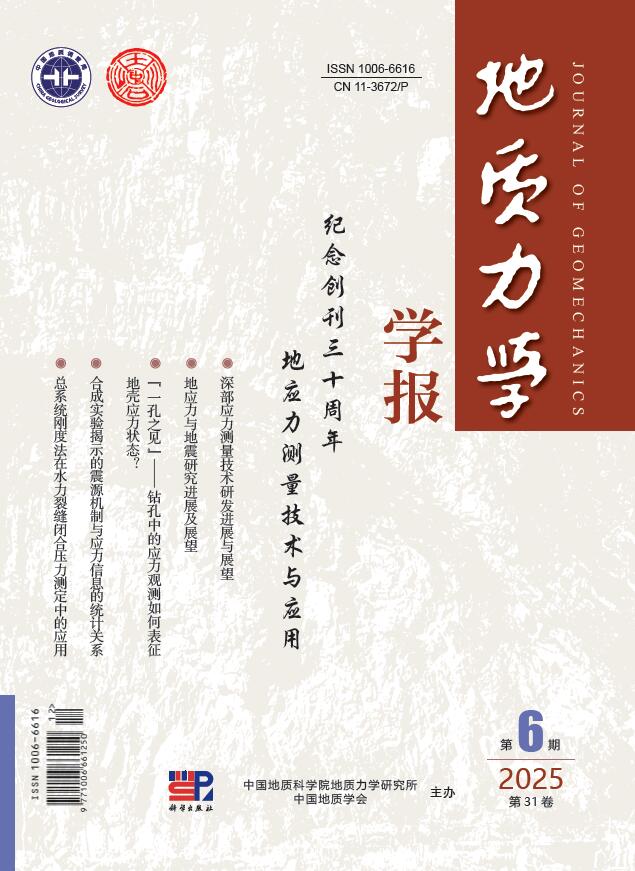Abstract:
With the increasing dependence on external oil and gas resources, China's oil and gas exploration has expanded to deep and ultra-deep areas and discovered a number of large oil and gas fields in the central and western basins successively, such as the Tahe, Puguang, Anyue, Jingbian and Shunbei oilfields, showing a broad prospect of exploration. The proven deep and ultra-deep carbonate reservoirs in China are quite different from those in the world, and the exploration of these oil and gas fields under the guidance of the classical oil and gas geological theories has met unprecedented challenges, which need to be improved and developed. Through the investigation and comparison of the geological characteristics of the proven carbonate and sandstone reservoirs around the world, it is found that their oil and gas source conditions, accumulation dynamics, and evolution processes are similar; however, it is revealed at the same time that the mineral composition of reservoir layers, their porosity and permeability change characteristics with buried depth, porosity and permeability structure characteristics, the lower limit of reservoir physical properties, and oil and gas reservoir types are very different. There are five differences between the deep and ultra-deep carbonate reservoirs in China and other basins in the world, which in China have older formations, greater burial depth, greater dolomite reservoir ratio, higher natural gas resource ratio, and more chaotic relationship between porosity and permeability. The genetic types of deep carbonate reservoirs discovered in China can be classified into five types: sedimentary high-porosity and high-permeability oil/gas reservoirs, compacted diagenetic low-porosity and low-permeability oil/gas reservoirs, crystalline diagenetic low-porosity and low-permeability oil/gas reservoirs, fluid modified high-porosity and low-permeability oil/gas reservoirs, and stress reformed low-porosity and high-permeability oil/gas reservoirs. The dynamic mechanisms of their formation are respectively related to the oil and gas migration dominated by stratigraphic deposition and buoyancy, formation compaction and non-buoyancy, diagenetic crystallization and non-buoyancy, fluid reformed media and buoyancy, stress reformed media and buoyancy. There are mainly three favorable areas and related types of oil and gas reservoirs for the exploration and development of China's deep and ultra-deep carbonate reservoirs. The first is the conventional oil and gas reservoirs with high-porosity and high-permeability, formed in the free oil/gas dynamic field above the hydrocarbon buoyance-driven depth limit in basins with low heat flow. The second is the fracture-cavity compound oil/gas reservoirs, formed by external stress and inner fluids activities in the superimposed basin due to frequent structural changes. The third one is the extensive compacted continuous unconventional tight oil/gas reservoirs, formed by the confined dynamic field in the structurally stable basin. The reformed unconventional tight carbonate oil and gas reservoirs are the main types of future oil and gas resources in the deep and ultra-deep layers of China's petroliferous basins. They both have the characteristics of conventional reservoirs formed in the early stage and their own unconventional characteristics of extensive and continuous distribution, and have undergone structural changes in the later stage. The complex distribution characteristics, dense medium conditions and high temperature and pressure environment make the exploration and development of this kind of oil and gas resources difficult and costly.



